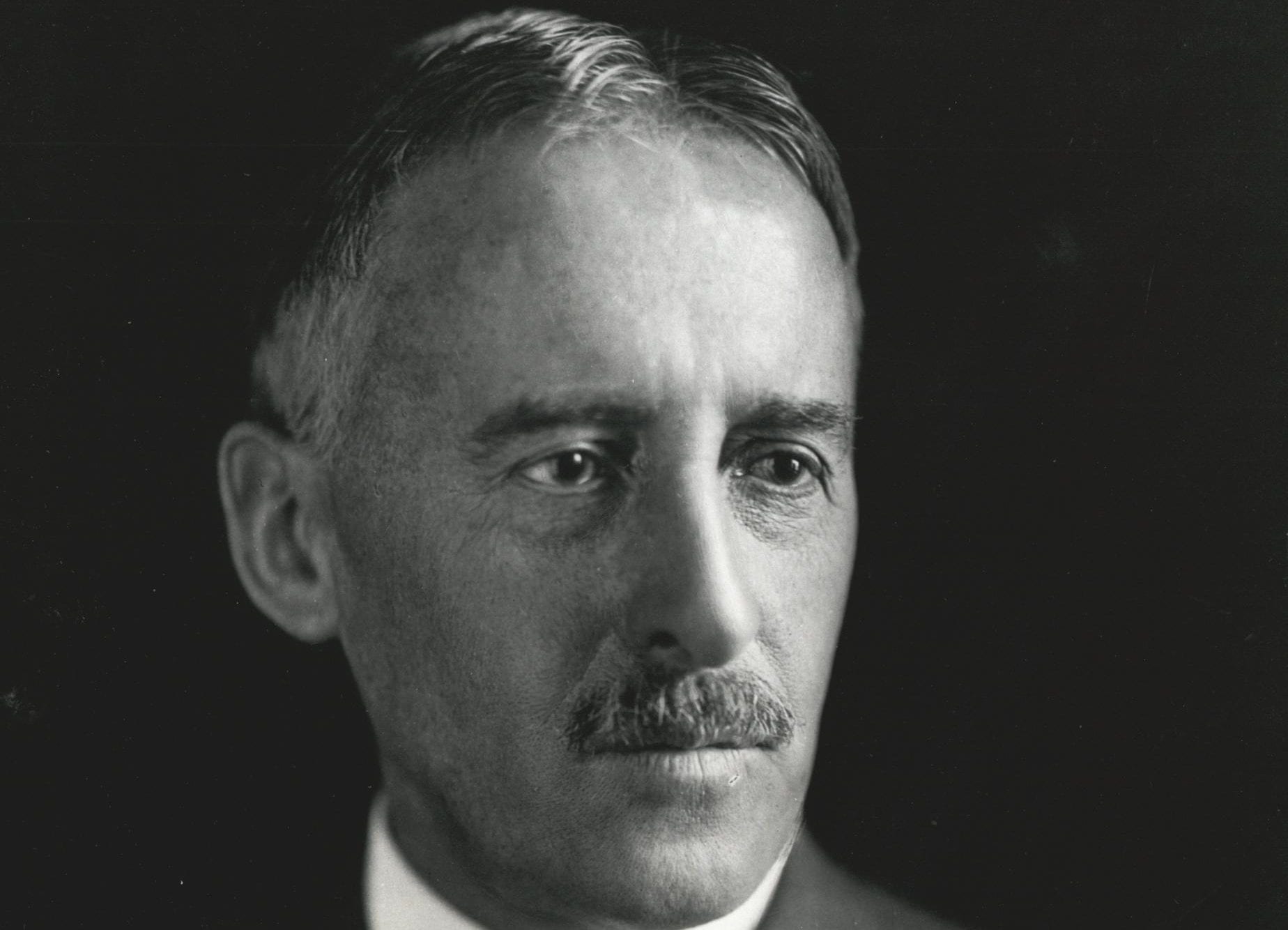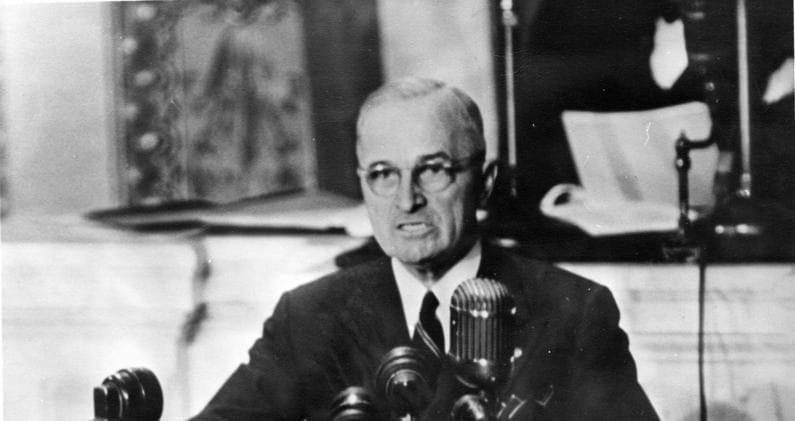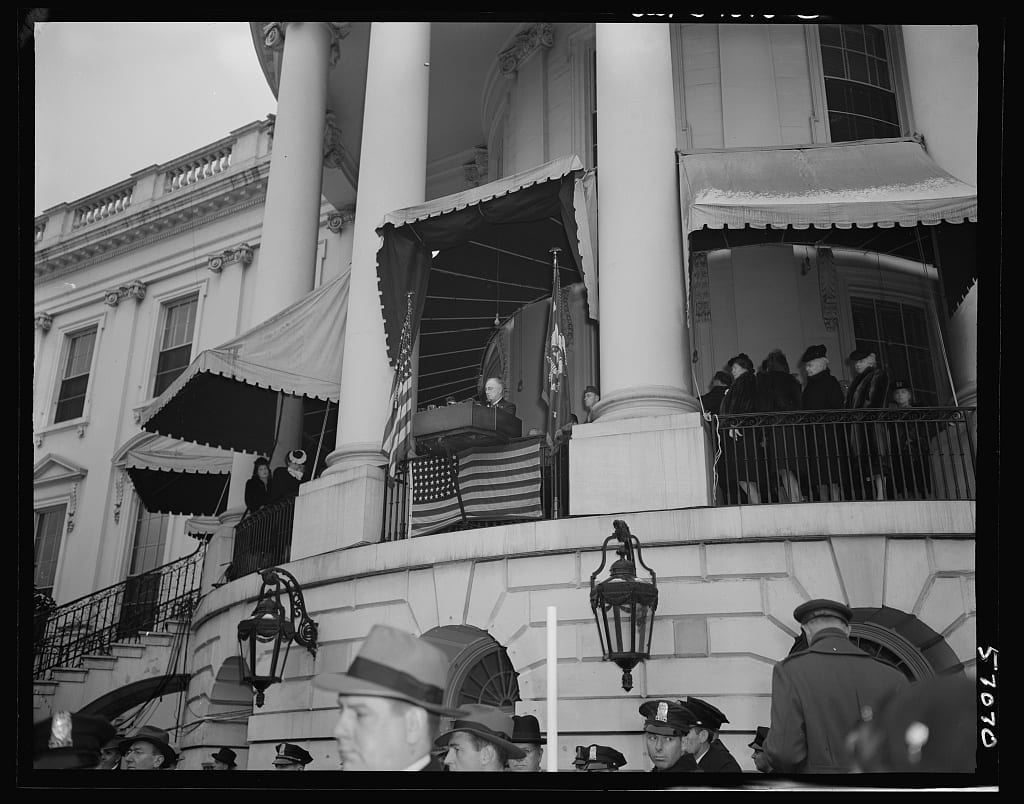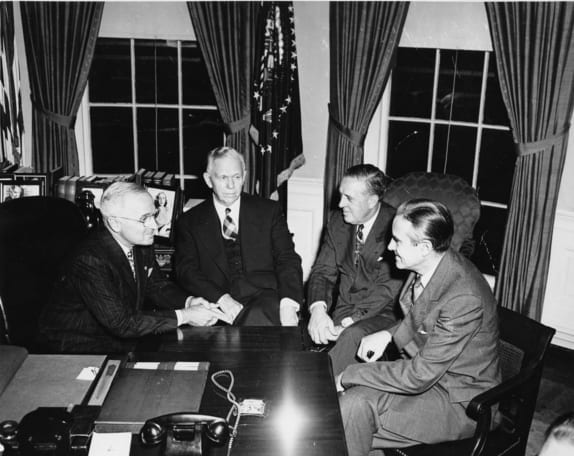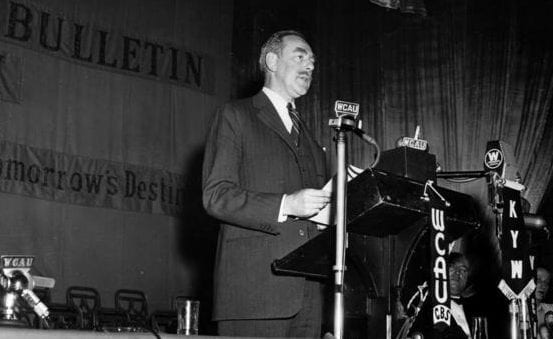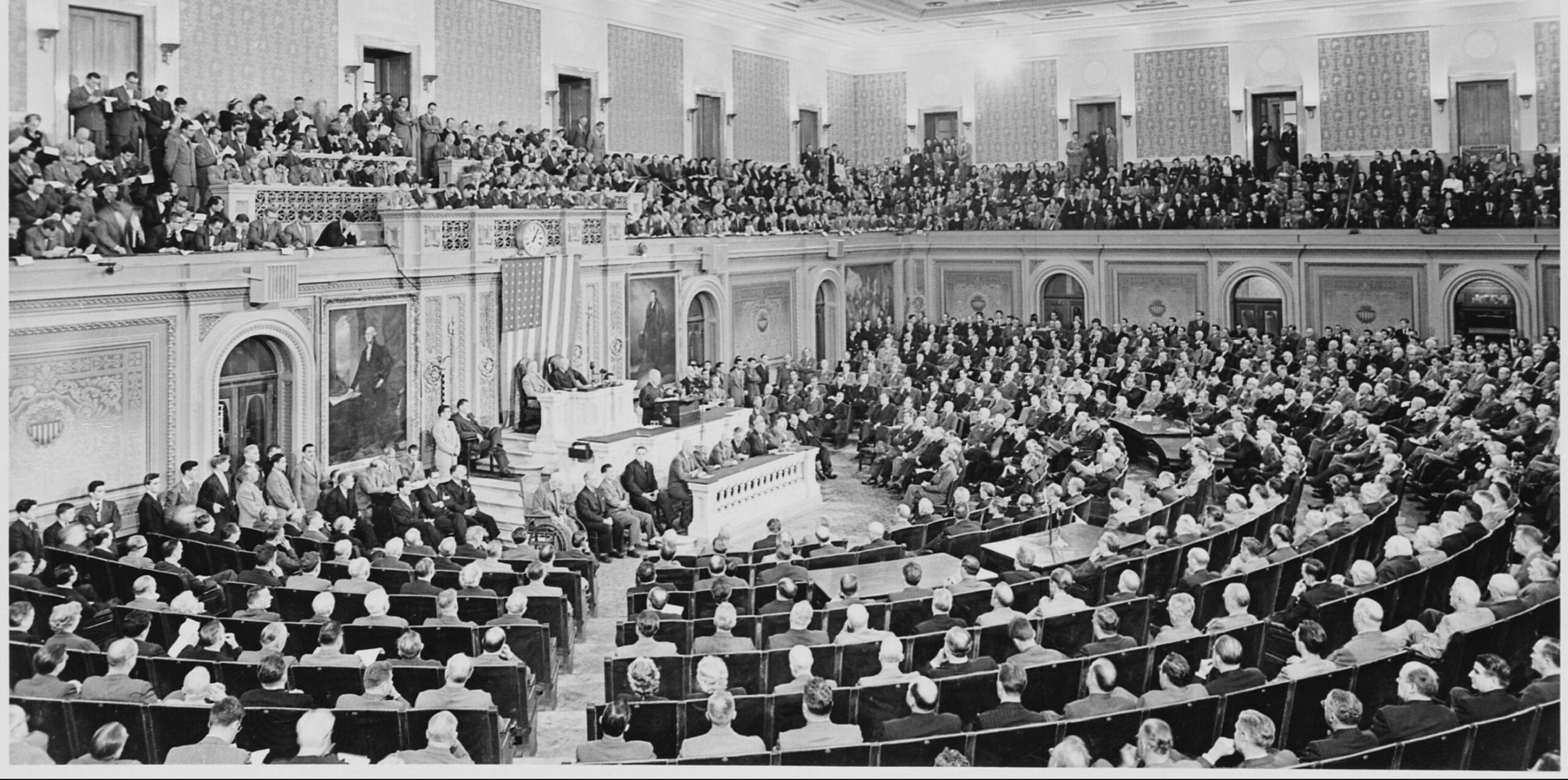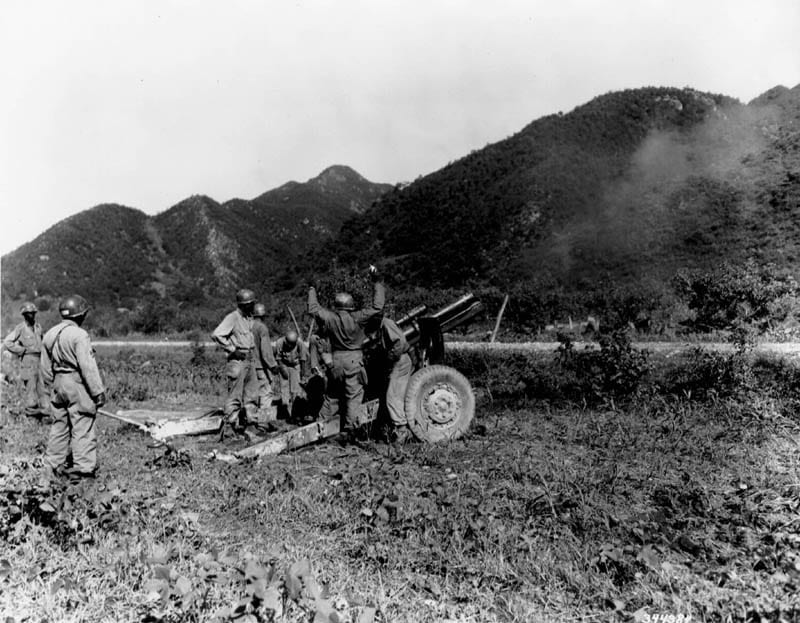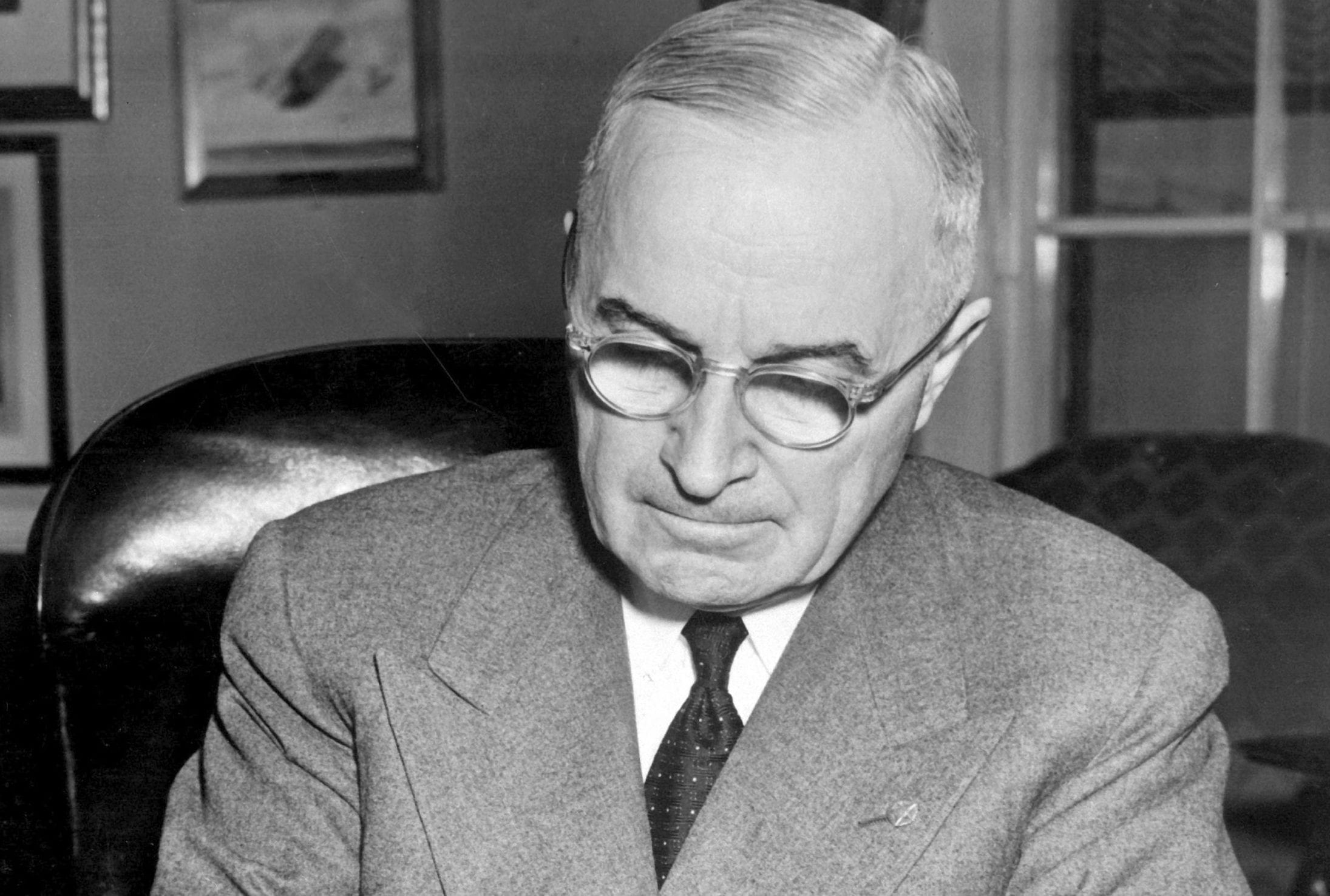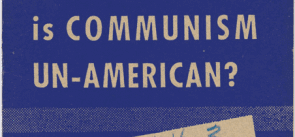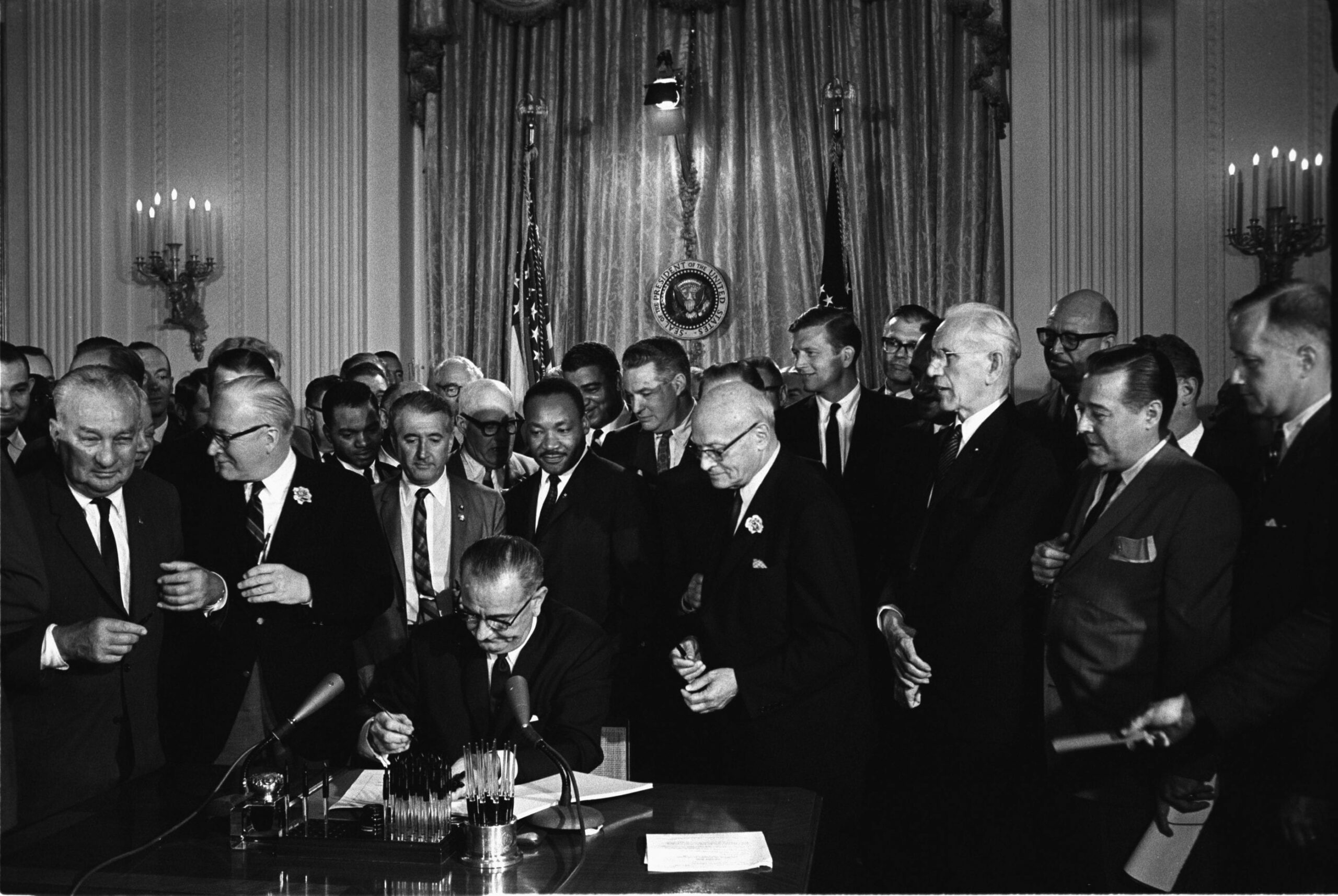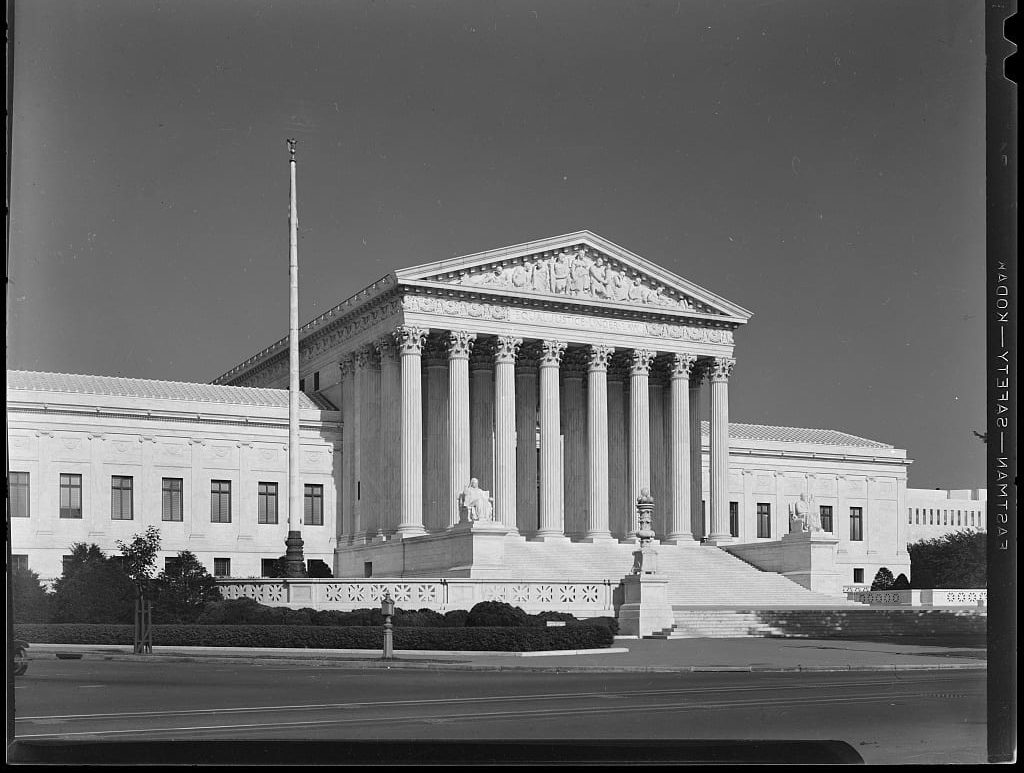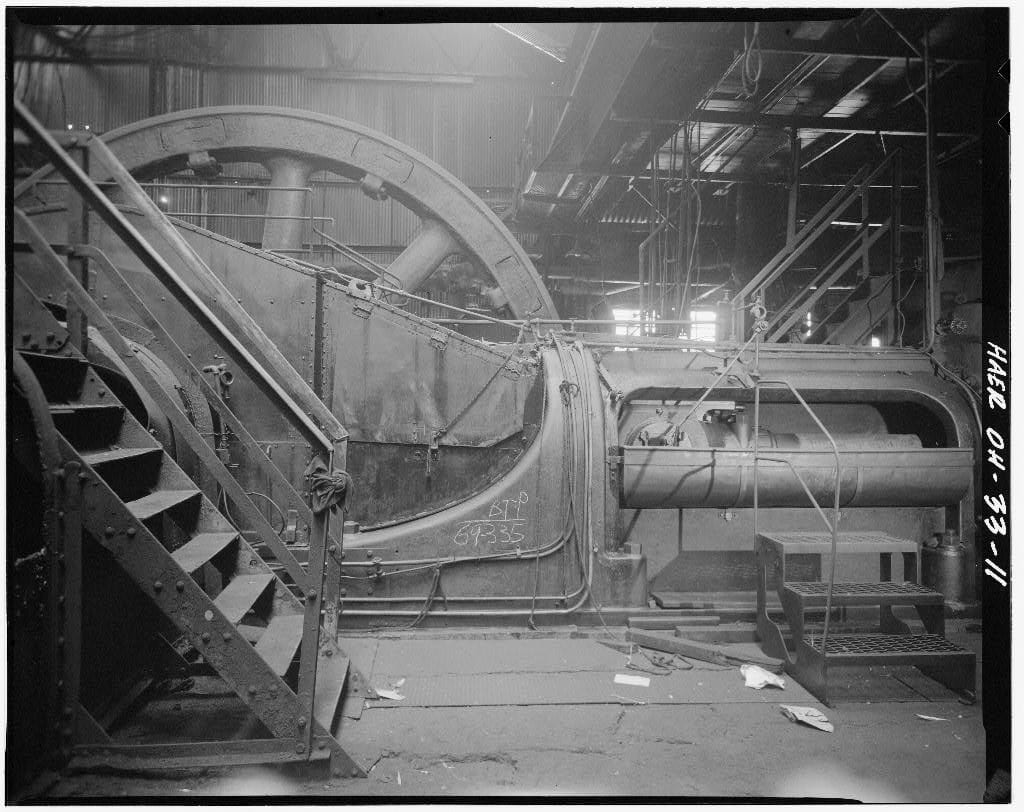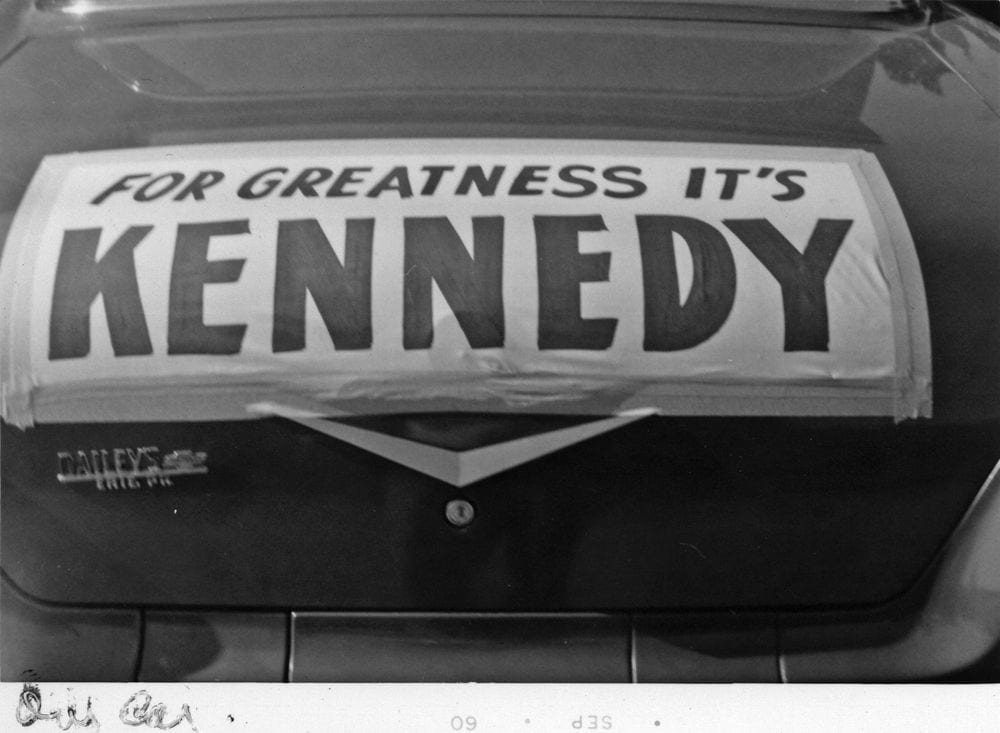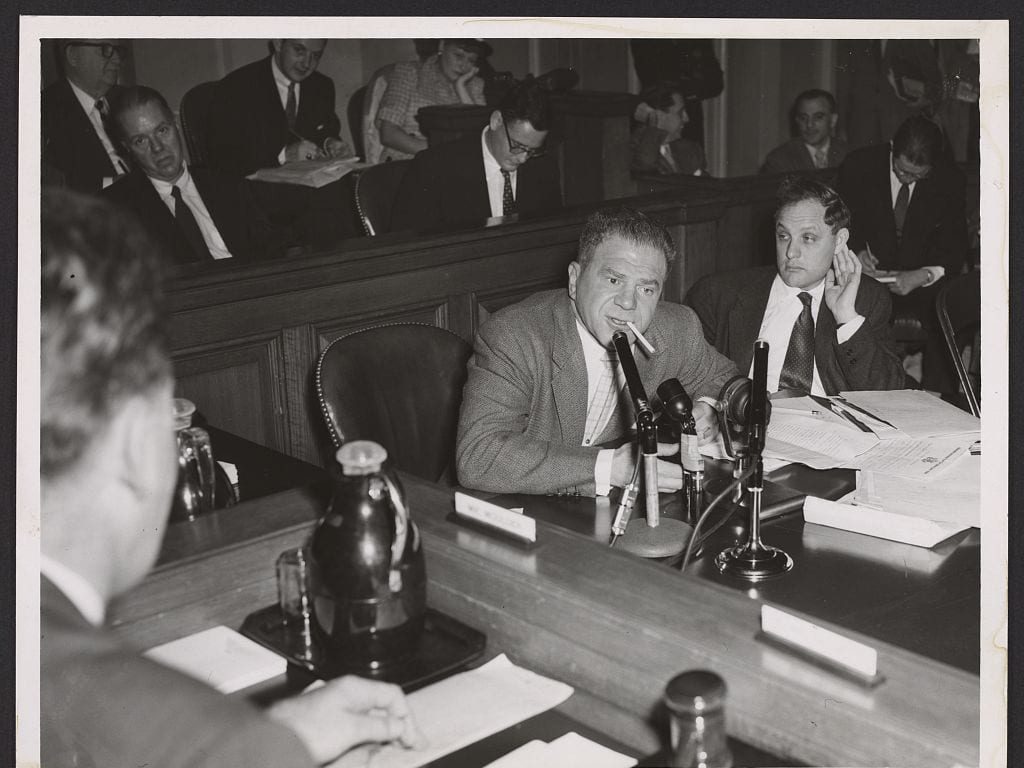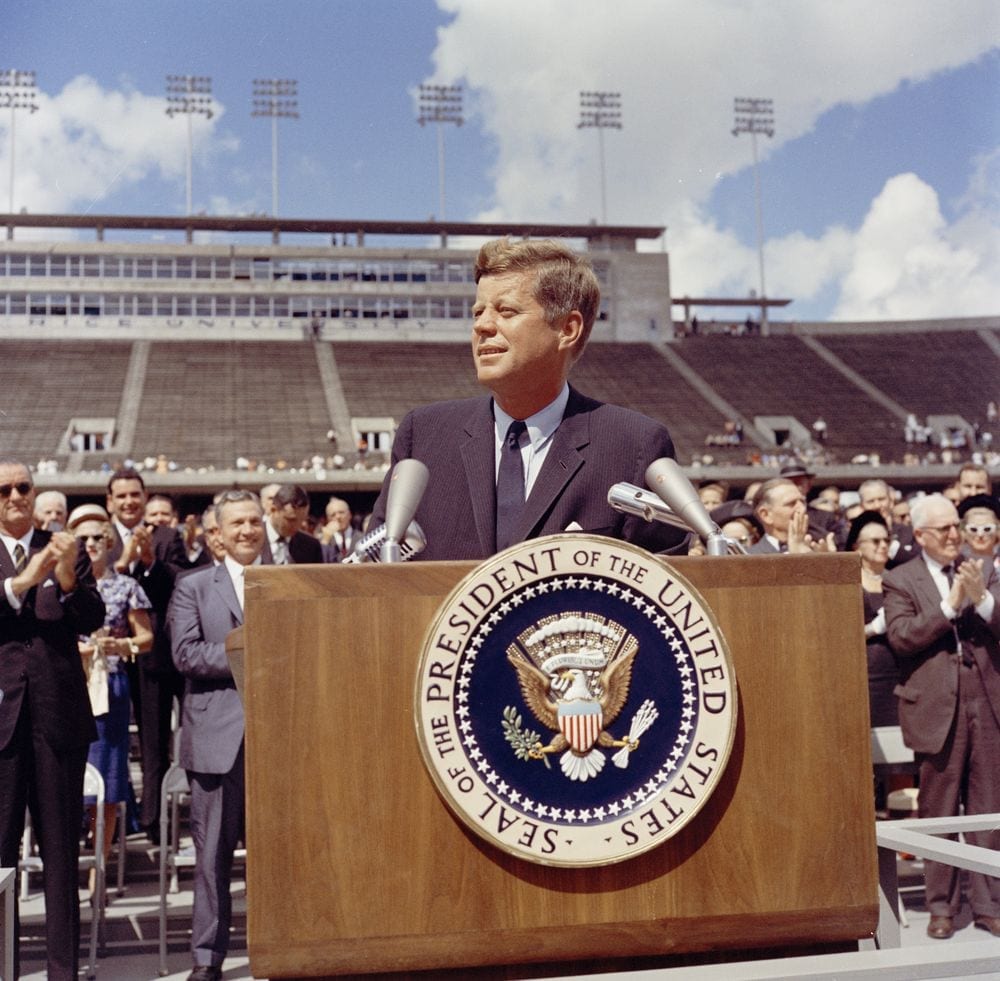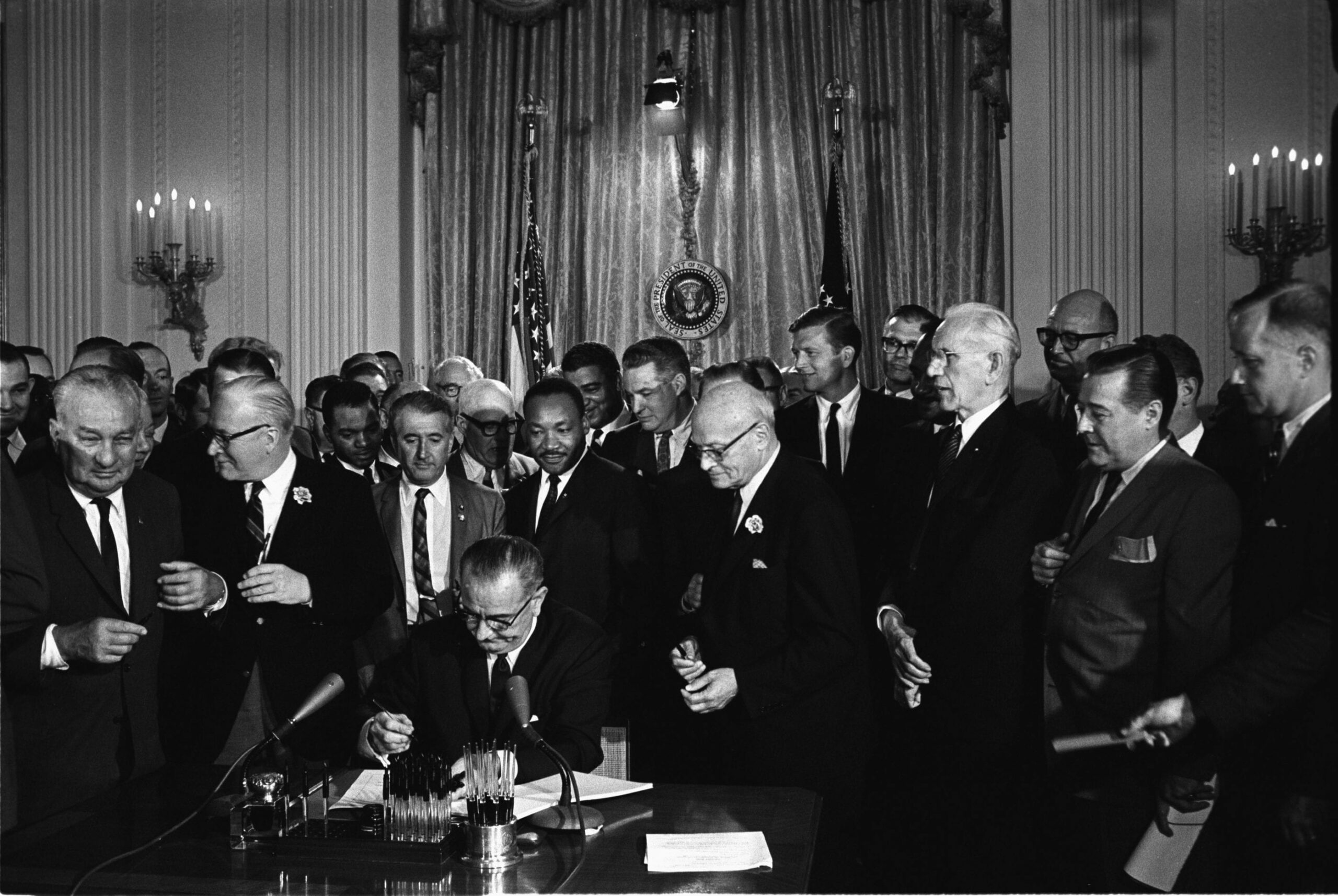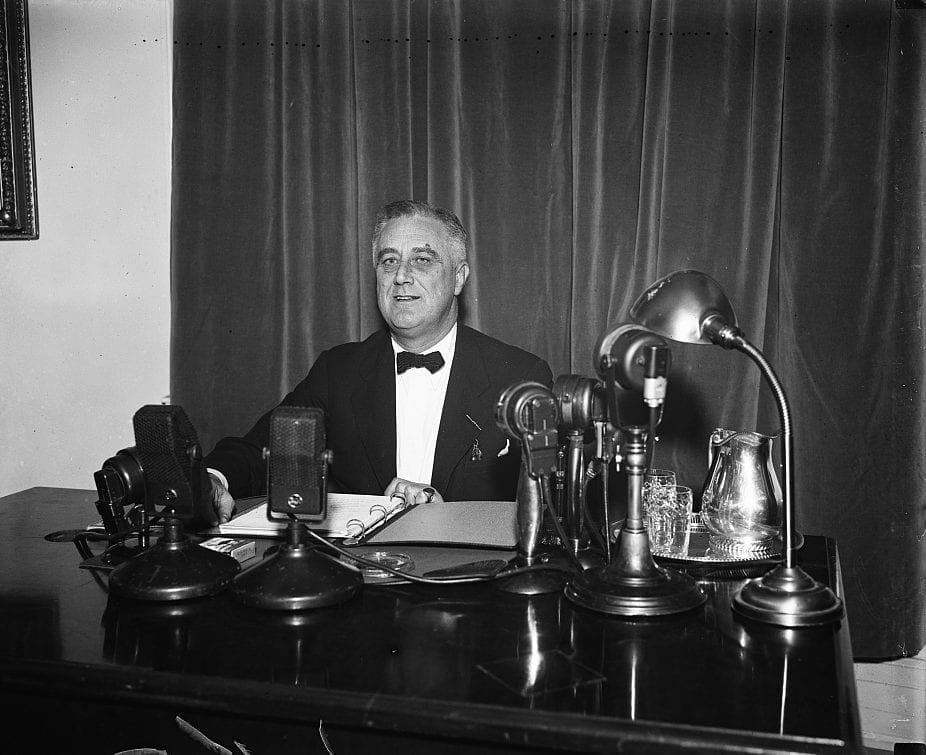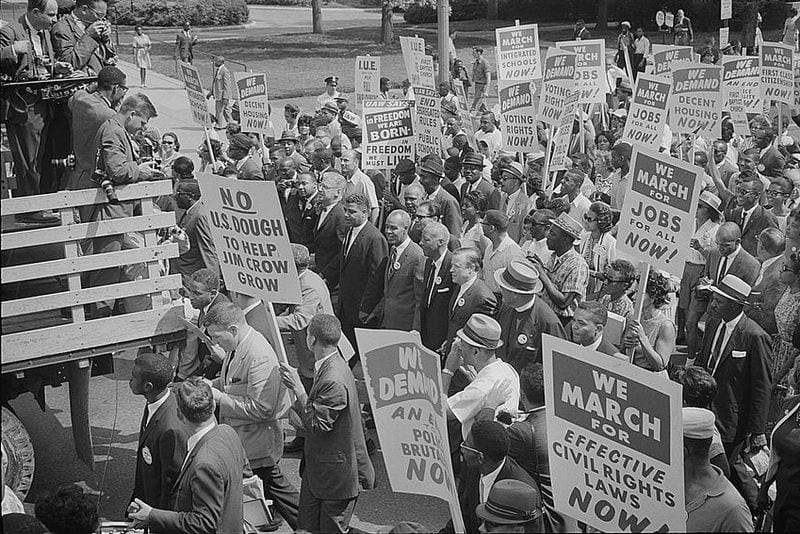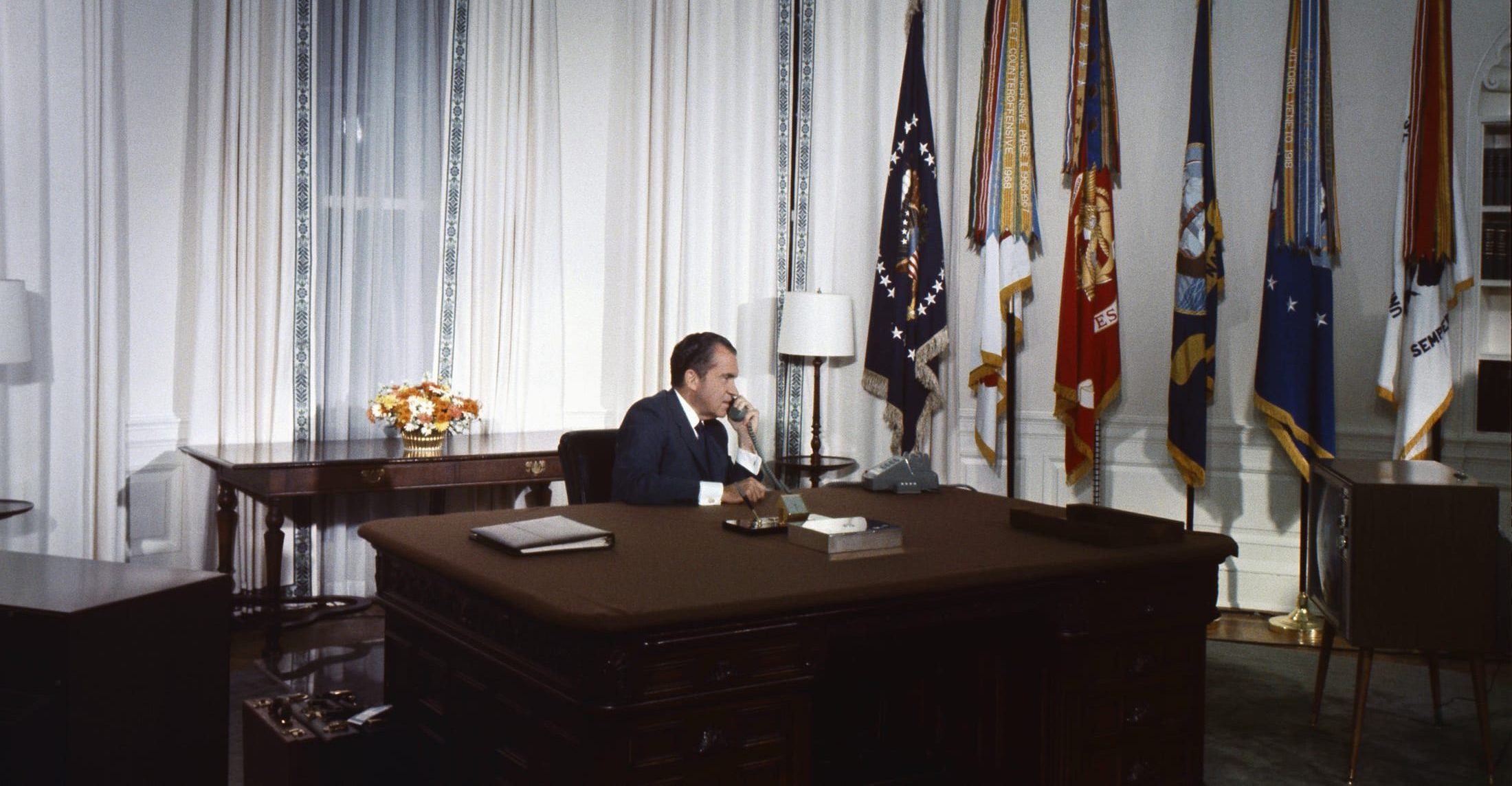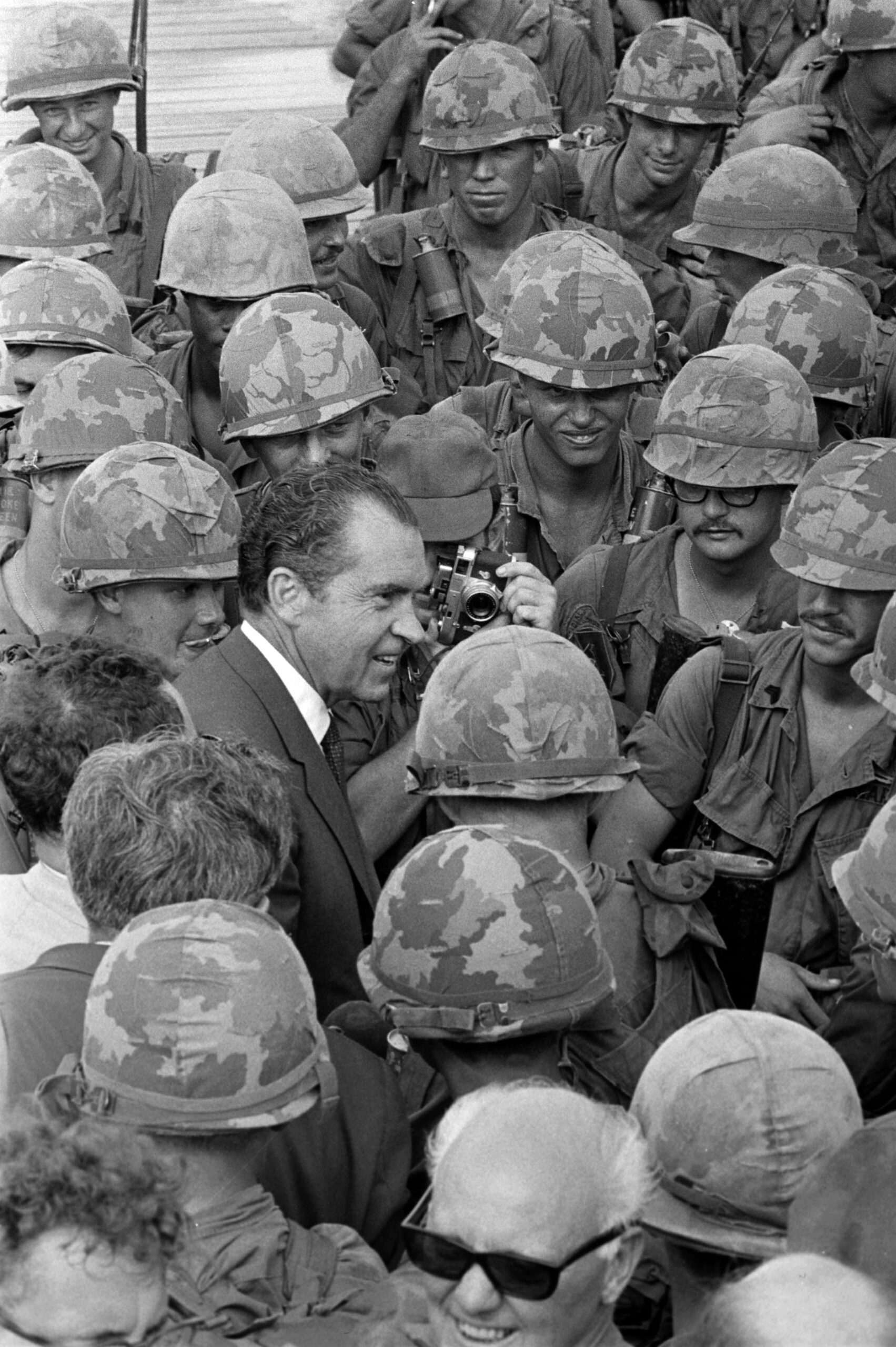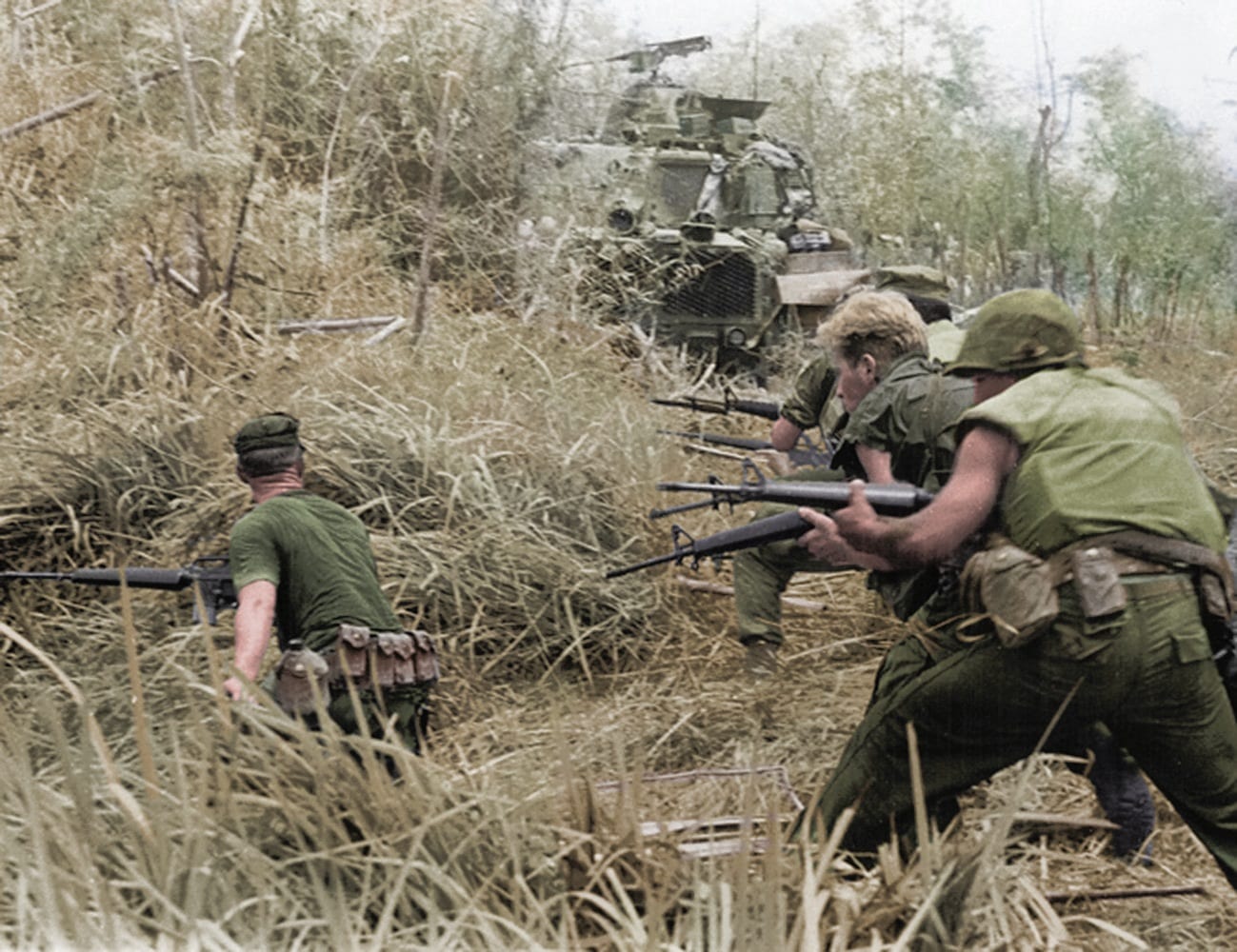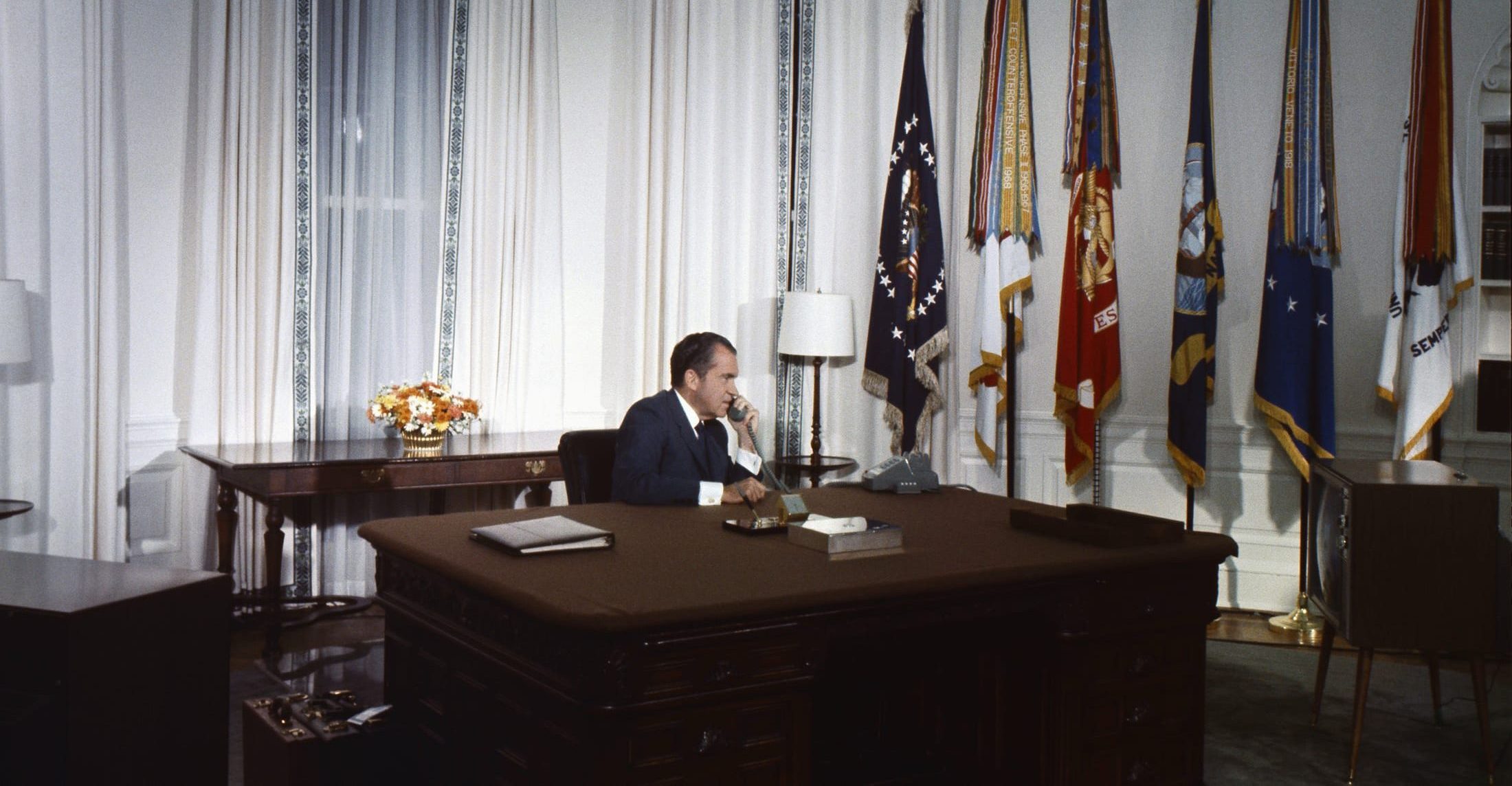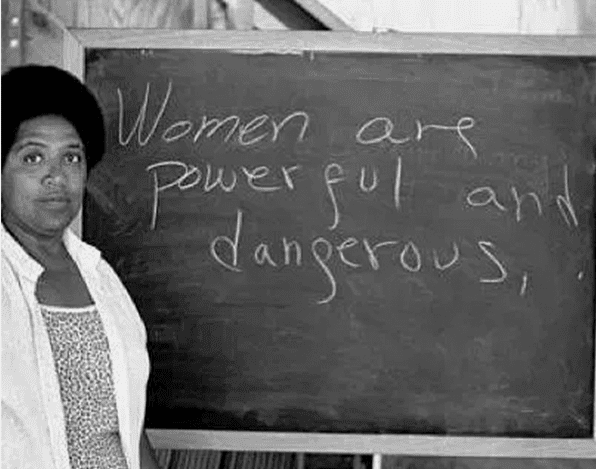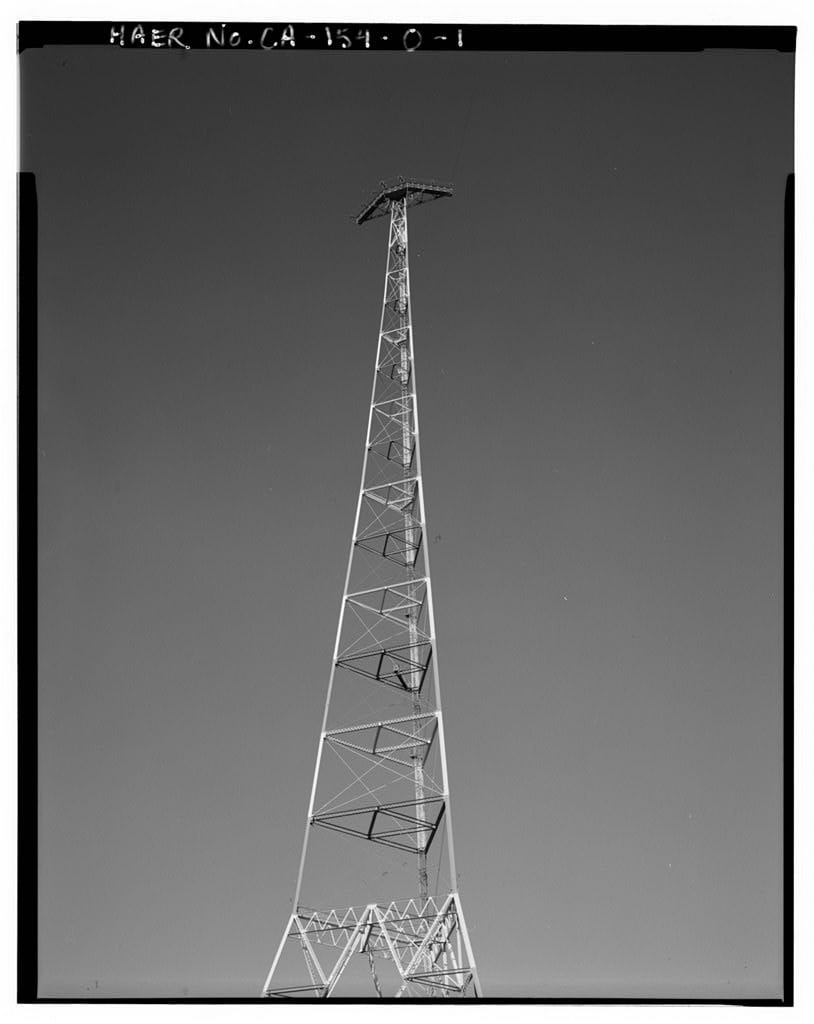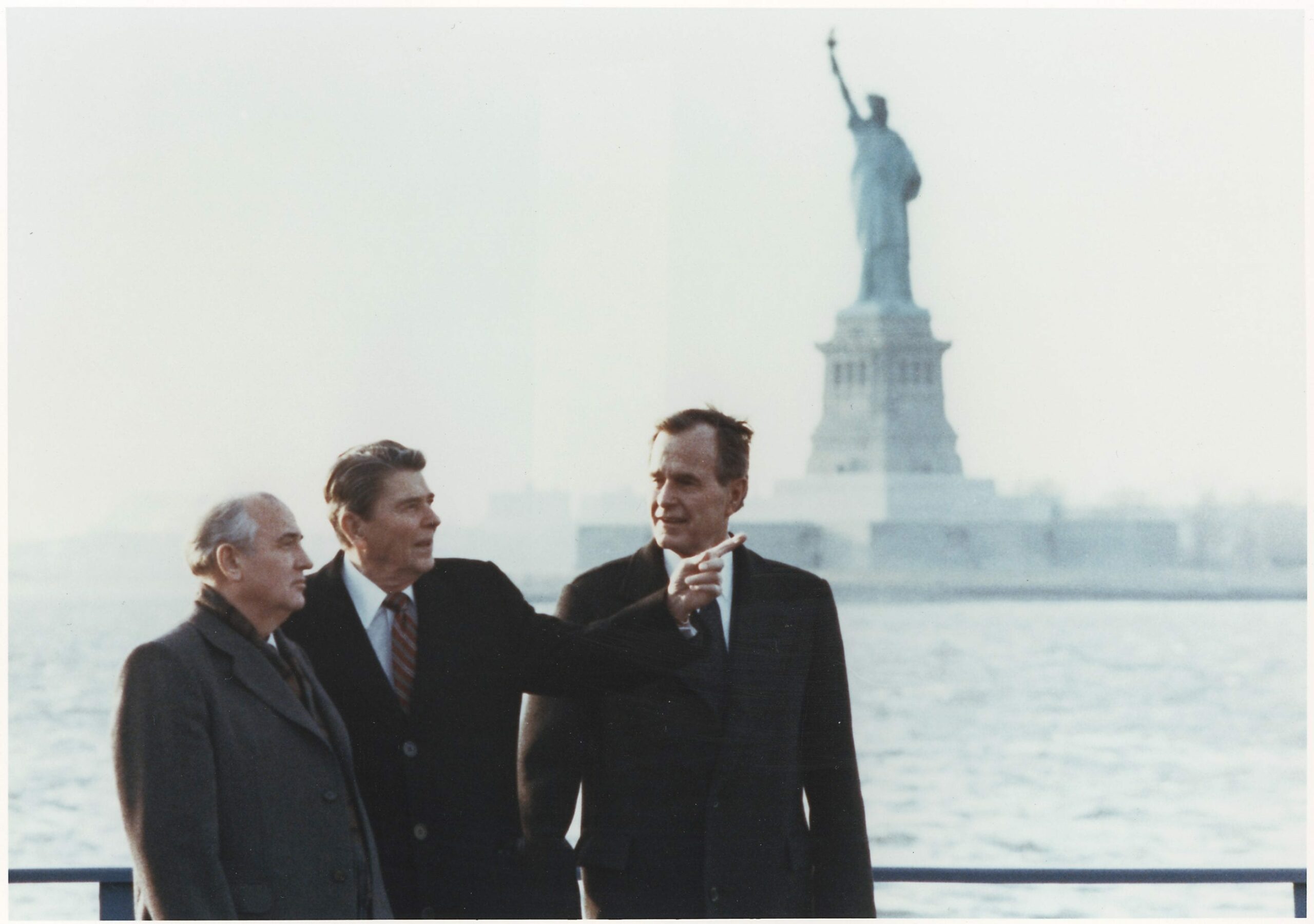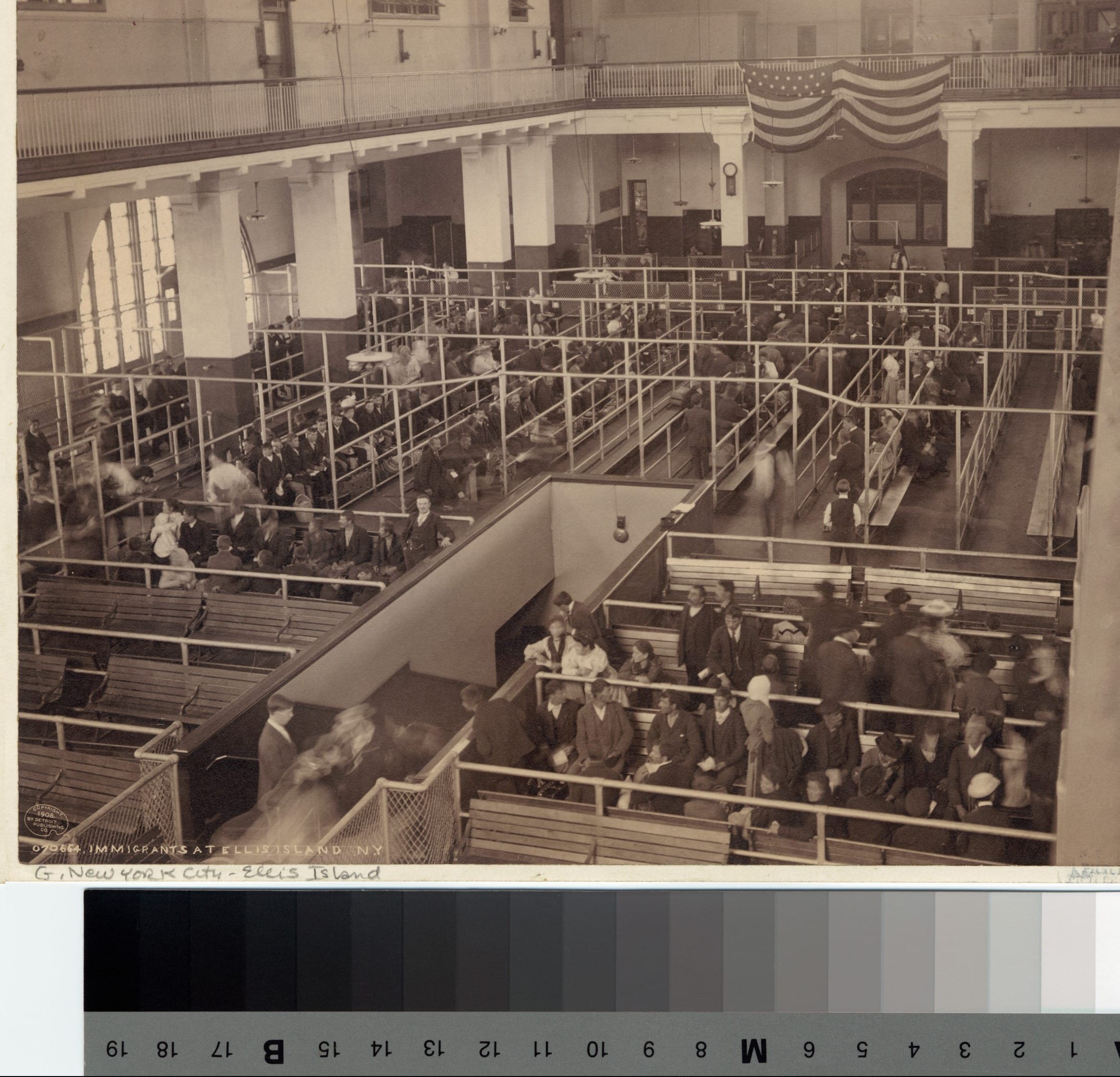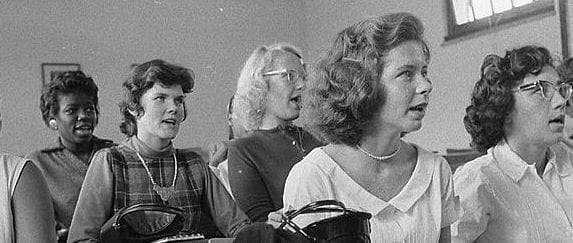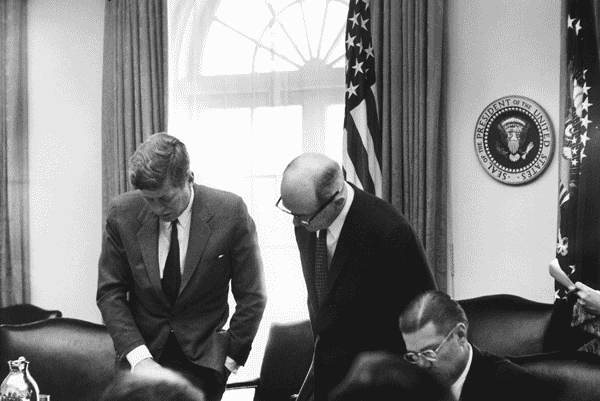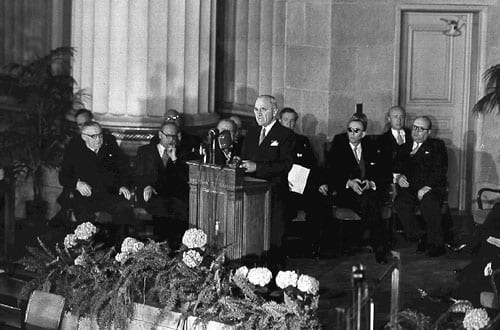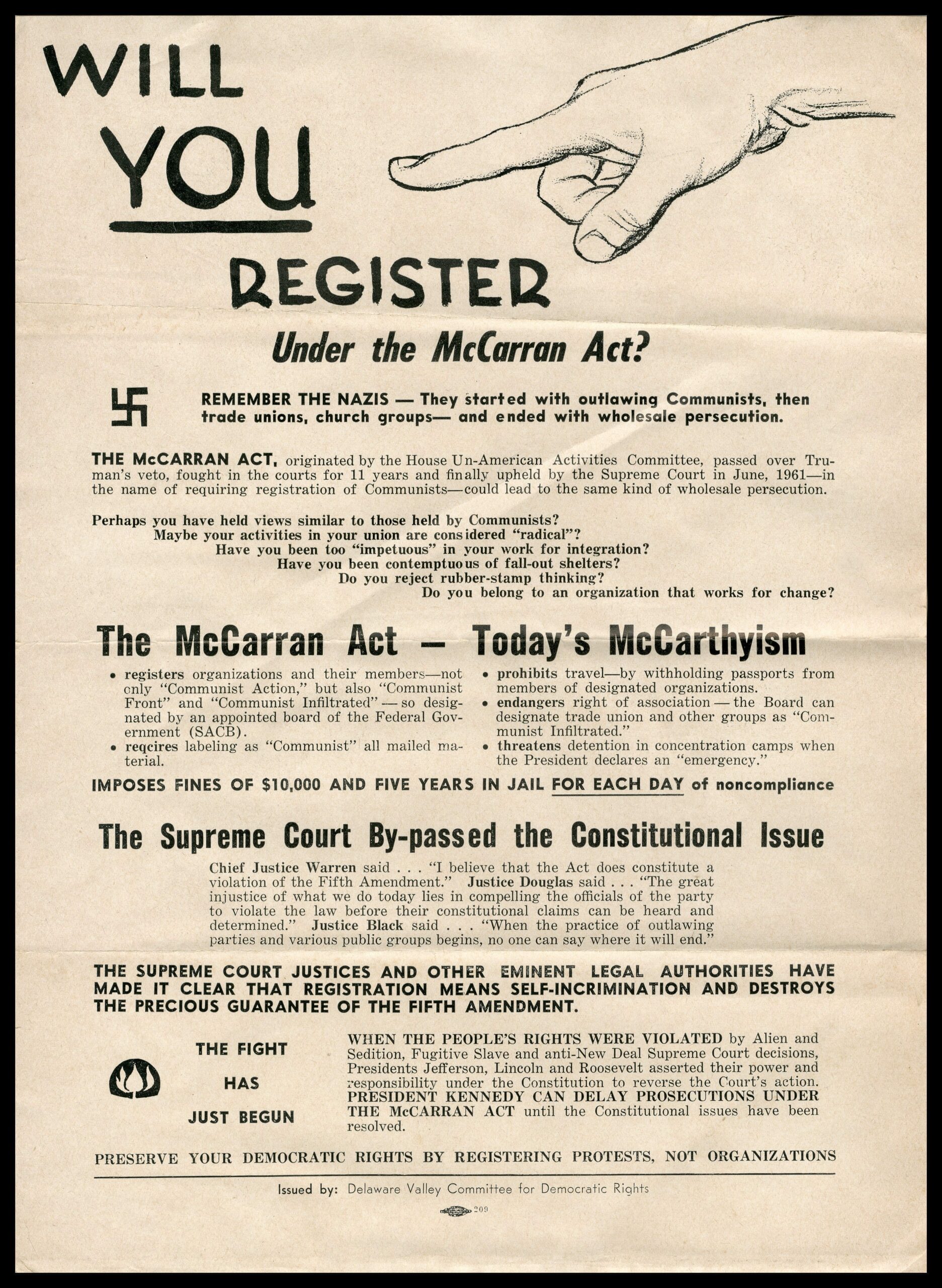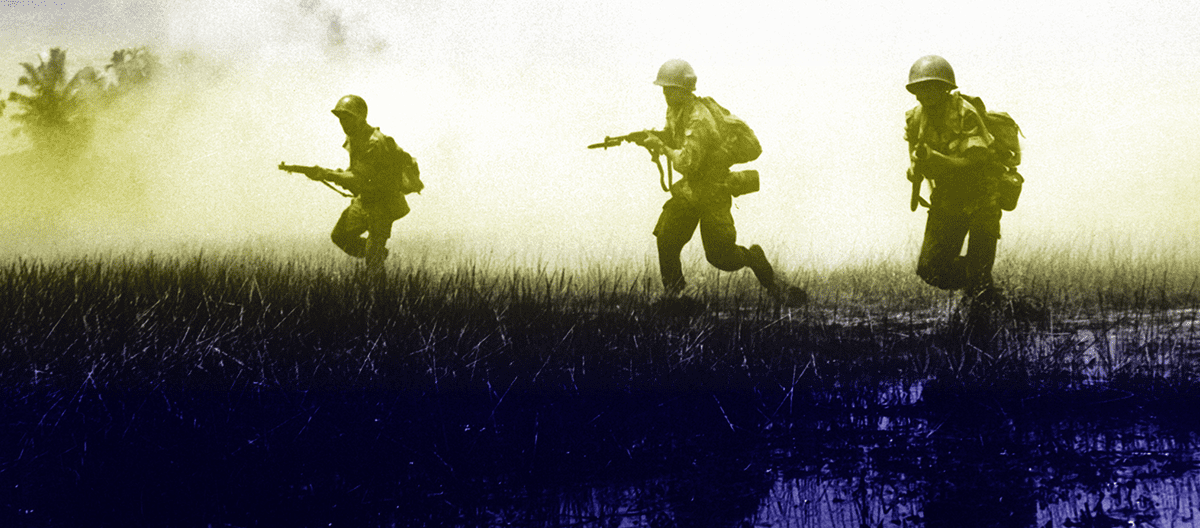

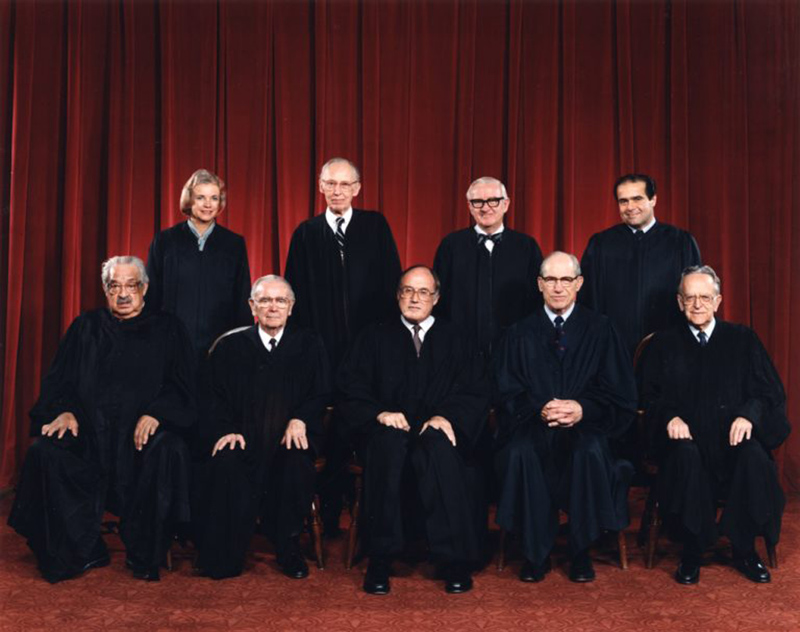
No related resources
Introduction
In 1978, Louis Vuitton brought a lawsuit in district court against Sol and Sylvia Klayminc for violating trademark by manufacturing imitation Vuitton leather goods. The court issued an injunction prohibiting the couple from continuing to manufacture, sell, or distribute the imitation goods. Following a “sting” operation conducted by a private firm, the district court found that there was probable cause to believe that the Klaymincs were engaged in activity that violated the injunction. The court employed two private lawyers from Louis Vuitton (Joseph Bainton and Robert Devlin) to serve as special counsel and represent the United States in prosecuting violations of the injunction. While the Supreme Court ultimately found the appointment of the special prosecutors constitutionally problematic on other grounds, the majority opinion defended the court’s right to hire private attorneys to prosecute the case.
The argument between Justice Brennan (majority opinion) and Justice Scalia (concurring opinion) offers an interesting reflection on the role of the Court in the separation-of-powers scheme. Brennan argued that without the ability to independently prosecute violations of federal court decisions, the courts would be powerless because their judgments might have no effect. Scalia argued that this is precisely what the Founders intended, as Hamilton explained in Federalist 78. The Court was “the least dangerous branch,” Hamilton wrote, because it possessed neither will nor force, but only judgment.
481 U.S. 787, 1987, https://supreme.justia.com/cases/federal/us/481/787/.
Justice Brennan delivered the opinion of the Court . . .
… Petitioners1 in these cases were found guilty of criminal contempt by a jury . . . for their violation of the District Court’s injunction prohibiting infringement of respondent’s trademark. They received sentences ranging from six months to five years. On appeal to the Court of Appeals for the Second Circuit, petitioners urged that the District Court erred in appointing respondent’s attorneys, rather than a disinterested attorney, to prosecute the contempt. The Court of Appeals affirmed, and we granted certiorari.2…
In early 1983, Vuitton and other companies concerned with possible trademark infringement were contacted by a Florida investigation firm with a proposal to conduct an undercover “sting” operation. . . . On March 31, 1983, Vuitton attorney J. Joseph Bainton requested that the District Court appoint him and his colleague Robert P. Devlin as special counsel to prosecute a criminal contempt action for violation of the injunction against infringing Vuitton’s trademark. . . .The court responded to Bainton on the day of this request. It found probable cause to believe that petitioners were engaged in conduct contumacious3 of the court’s injunctive order, and appointed Bainton and Devlin to represent the United States in the investigation and prosecution of such activity. . . .
Petitioners first contend that the District Court lacked authority to appoint any private attorney to prosecute the contempt action against them, and that, as a result, only the United States Attorney’s Office could have permissibly brought such a prosecution. We disagree. . . .It is long settled that courts possess inherent authority to initiate contempt proceedings for disobedience to their orders, authority which necessarily encompasses the ability to appoint a private attorney to prosecute the contempt. . . .
The ability to punish disobedience to judicial orders is regarded as essential to ensuring that the judiciary has a means to vindicate its own authority without complete dependence on other branches. . . .Courts cannot be at the mercy of another branch in deciding whether such proceedings should be initiated. The ability to appoint a private attorney to prosecute a contempt action satisfies the need for an independent means of self-protection, without which courts would be “mere boards of arbitration whose judgments and decrees would be only advisory.”4
Petitioners contend that the ability of courts to initiate contempt prosecutions is limited to the summary punishment of in-court contempts that interfere with the judicial process. They argue that out-of-court contempts, which require prosecution by a party other than the court, are essentially conventional crimes, prosecution of which may be initiated only by the executive branch.
The underlying concern that gave rise to the contempt power5 was not, however, merely the disruption of court proceedings. Rather, it was disobedience to the orders of the judiciary, regardless of whether such disobedience interfered with the conduct of trial. . . .
The fact that we have come to regard criminal contempt as “a crime in the ordinary sense” does not mean that any prosecution of contempt must now be considered an execution of the criminal law in which only the executive branch may engage. . . .That criminal procedure protections are now required in such prosecutions should not obscure the fact that these proceedings are not intended to punish conduct proscribed as harmful by the general criminal laws. Rather, they are designed to serve the limited purpose of vindicating the authority of the court. In punishing contempt, the judiciary is sanctioning conduct that violates specific duties imposed by the court itself, arising directly from the parties’ participation in judicial proceedings.
Petitioners’ assertion that the District Court lacked authority to appoint a private attorney to prosecute the contempt action in these cases is thus without merit. While contempt proceedings are sufficiently criminal in nature to warrant the imposition of many procedural protections, their fundamental purpose is to preserve respect for the judicial system itself. As a result, courts have long had, and must to have, the authority to appoint private attorneys to initiate such proceedings when the need arises. . . .
Justice Scalia, concurring in the judgment. . . .
. . . Prosecution of individuals who disregard court orders (except orders necessary to protect the courts’ ability to function) is not an exercise of “[t]he judicial power of the United States.”6 Since that is the only grant of power that has been advanced as authorizing these appointments, they were void. And since we cannot know whether petitioners would have been prosecuted had the matter been referred to a proper prosecuting authority, the convictions are likewise void.
With the possible exception of the power to appoint inferior federal officers, which is irrelevant to the present cases, the only power the Constitution permits to be vested in federal courts is “[t]he judicial power of the United States.”7 That is accordingly the only kind of power that federal judges may exercise by virtue of their Article III commissions.
The judicial power is the power to decide, in accordance with law, who should prevail in a case or controversy. That includes the power to serve as a neutral adjudicator in a criminal case, but does not include the power to seek out law violators in order to punish them—which would be quite incompatible with the task of neutral adjudication. It is accordingly well established that the judicial power does not generally include the power to prosecute crimes. . . .Rather, since the prosecution of law violators is part of the implementation of the laws, it is. . . executive power, vested by the Constitution president.
These well-settled general principles are uncontested. The Court asserts, however, that there is a special exception for prosecutions of criminal contempt, which are the means of securing compliance with court orders. Unless these can be prosecuted by the courts themselves, the argument goes, efficaciousness of judicial judgments will be at the mercy of the executive, an arrangement presumably too absurd to contemplate.
Far from being absurd, however, it is a carefully designed and critical element of our system of government. There are numerous instances in which the Constitution leaves open the theoretical possibility that the actions of one branch may be brought to nought by the actions or inactions of another. Such dispersion of power was central to the scheme of forming a government with enough power to serve the expansive purposes set forth in the preamble of the Constitution, yet one that would “secure the blessings of liberty” rather than use its power tyrannically. Congress, for example, is dependent on the executive and the courts for enforcement of the laws it enacts.
Even complete failure by the executive to prosecute law violators, or by the courts to convict them, has never been thought to authorize congressional prosecution and trial. The executive, in its turn, cannot perform its function of enforcing the laws if Congress declines to appropriate the necessary funds for that purpose; or if the courts decline to entertain its valid prosecutions. Yet no one suggests that some doctrine of necessity authorizes the executive to raise money for its operations without congressional appropriation, or to jail malefactors without conviction by a court of law. Why, one must wonder, are the courts alone immune from this interdependence?
The Founding Fathers, of a certainty, thought that they were not. It is instructive to compare the Court’s claim that “[c]ourts cannot be at the mercy of another branch in deciding whether [contempt] proceedings should be initiated,” with the views expressed in one of the most famous passages from The Federalist:
[T]he judiciary, from the nature of its functions, will always be the least dangerous to the political rights of the constitution; because it will be least in a capacity to annoy or injure them. . . .The judiciary . . . has no influence over either the sword or the purse, no direction either of the strength or of the wealth of the society, and can take no active resolution whatever. It may truly be said to have neither force nor will but merely judgment; and must ultimately depend upon the aid of the executive arm even for the efficacy of its judgments.8
. . .If the courts must be able to investigate and prosecute contempt of their judgments, why must they not also be able to arrest and punish those whom they have adjudicated to be in contempt? Surely the executive’s refusal to enforce a judgment of contempt would impair the efficacy of the court’s acts at least as much as its failure to investigate and prosecute a contempt. Yet no one has ever supposed that the judiciary has an inherent power to arrest and incarcerate. . . .
I would therefore hold that the federal courts have no power to prosecute contemners for disobedience of court judgments, and no derivative power to appoint an attorney to conduct contempt prosecutions. That is not to say, of course, that the federal courts may not impose criminal sentences for such contempts. But they derive that power from the same source they derive the power to pass on other crimes which it has never been contended they may prosecute. . . .
- 1. Those requesting review of a court decision by a higher court.
- 2. A writ or order by which a higher court reviews a decision of a lower court
- 3. Behavior stubbornly or willfully disobedient to authority.
- 4. Brennan’s note: Gompers v. Bucks Stove & Range Co., 221 U.S. 418, 221 U.S. 450 (1911).
- 5. There are two types of “contempt of court.” “Criminal contempt” refers to actions made by one party toward the court. Examples of criminal contempt of court include yelling at a judge, disrupting the court proceedings, or becoming violent in the courtroom. “Civil contempt of court” refers to actions made by one party toward the other party that does not comply with the court orders. While a case could be made (as Brennan did) that the Klaymincs were guilty of civil contempt of court, that charge is typically applied to cases like custody where one parent has refused to return a child or has refused to pay child support, not to parties that simply continue to violate the legal rights of another party.
- 6. Justice Scalia’s note: U.S. Const., Art. III, 1, 2.
- 7. Justice Scalia’s note: Art. III, 1.
- 8. Justice Scalia’s note: Federalist No. 78.

Conversation-based seminars for collegial PD, one-day and multi-day seminars, graduate credit seminars (MA degree), online and in-person.

